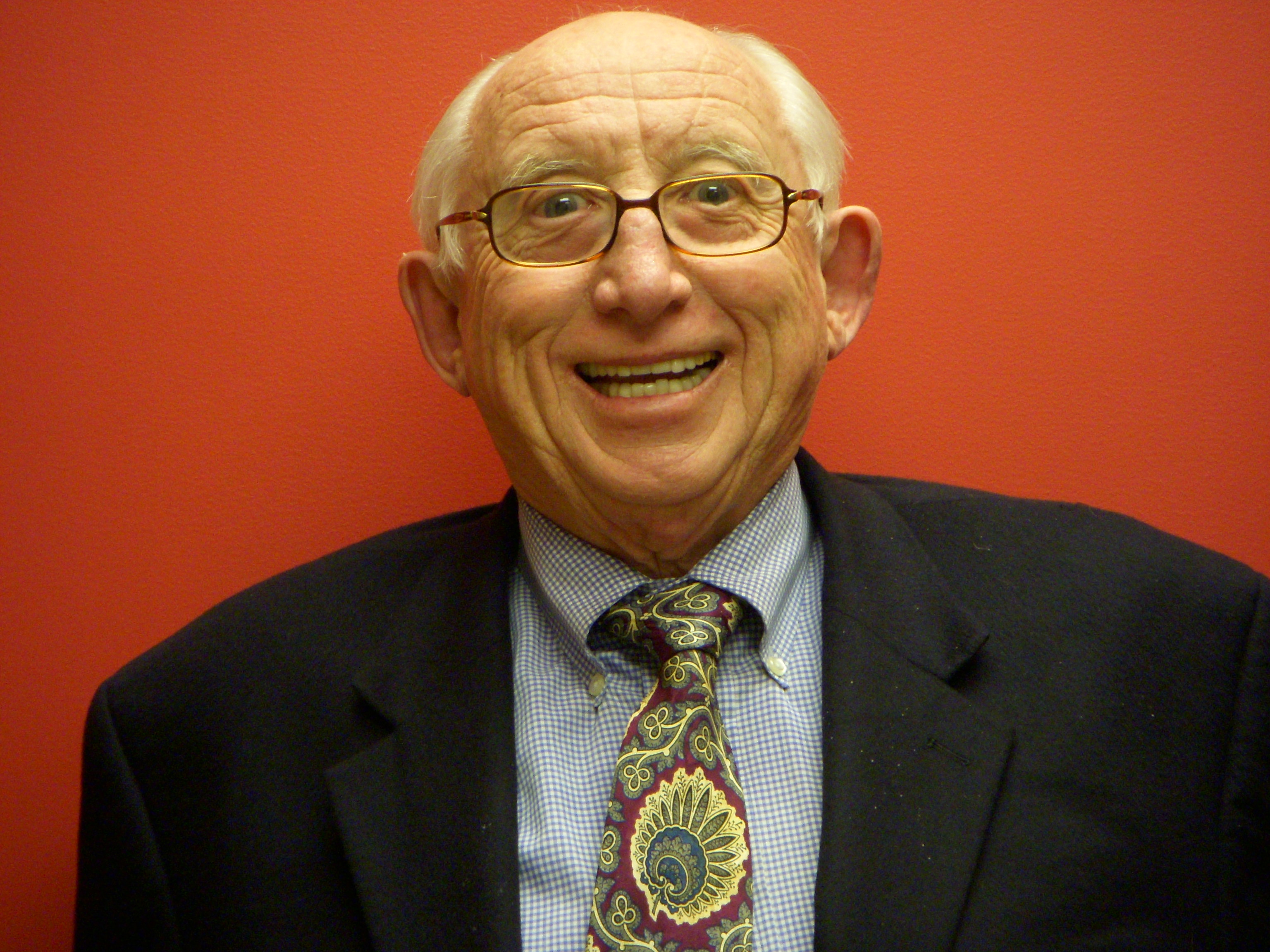The Environmental Voices in Obama’s Ear

News Analysis With a Sense of Humor




One thing we think we know about the Republicans is that they take a dim view of waste, fraud and abuse. So how come the U.S. House of Representatives, in Republican hands, has voted 56 times to repeal or cripple the Affordable Care Act, better known as Obamacare?
They’ve put forth this extraordinary effort despite an explicit veto threat from President Obama. Their repeated effort reminds one of Onan in the Bible, which politely says he spilled his seed on the ground.
It’s a waste of the legislative calendar and the talents of the House members. It’s a fraud because it gives the impression that the House is doing the people’s business when it is holding a protracted political rally. It’s an abuse of those who need health care because it introduces uncertainty into the system for providers, from the insurers to the home-care visitors.
It’s symptomatic of the political hooliganism which has taken over our politics, where there is little to choose between the protagonists.
Republican groups think that Obama is the doer of all evil in the nation – especially to the economy — and the world. Daily their Democratic counterparts gush vitriol against all the potential Republican presidential candidates, only pausing for an aside about the wickedness of Fox News.
Their common accusation is middle-class job woes. They’re on to something about jobs, but not the way the debate on jobs is being framed.
The political view of jobs is more jobs of the kind that we once thought of as normal and inevitable. But nature of work is changing rapidly, and it cries out for analysis.
The model of the corporation that employs a worker at reasonable wages which rise every year, toward a defined benefit pension, is over. Today’s businesses are moving toward a model of employment at will; the job equivalent of the just-in-time supply chain.
While more of us are becoming, in fact, self-employed, the structure of law and practice hasn’t been modified to accommodate the worker who may never know reliable, full-time employment.
The middle-class job market is being commoditized, as the pay-per-hour labor market includes everything from construction to network administration. Sports Illustrated — synonymous with great photography — has just fired all six of its staff photographers. Don’t worry the great plays will still be recorded and the Swimsuit Issue will still titillate, but the pictures will be taken by freelancers and amateurs.
Two forces are changing the nature of work. First, the reality that has devastated manufacturing: U.S. workers are in competition with the global labor pool, and business will always take low-cost option. If unemployment goes up in China, that will be felt in the U.S. workplace. Second is the march of technology; its disruptive impact is the new normal — accelerated change is here to stay.
All is not gloom. The trick is to let the old go – particularly difficult for Democrats — and to let the new in. There will be new entrepreneurs; more small, nimble businesses; and whole new directions of endeavor, from gastro-tourism to cottage-industry manufacturing, utilizing 3-D printing. Individuals will be free in a new way.
Government needs to think about this and devise a new infrastructure that recognizes that the nature of work is changing. The emerging new economy should have simplified taxes and Social Security payments for the self-employed; portable, affordable health care; and universal catastrophe insurance, so that those who are not under an employer umbrella can benefit from the equivalent of workers’ compensation. The self-employed, rightly, fear the day they can’t work.
Rugged individualism has a new face. The political class needs to look and see the new workplace. — For the Hearst-New York Times Syndicate





The new year demands predictions. As those demands must be satisfied, here are mine:
1. President Barack Obama will be blamed for everything, from pet obesity to sunspots.
2. Jim DeMint, president of The Heritage Foundation, will continue to solicit me for money and will write me ingratiating letters as one conservative to supposedly another. Things are terrible because of Obama, he will say. But if I send him five bucks, the day can be saved for America.
3. Sen. Al Franken (D-Minn.) will ask me for money, five bucks, to save America from the likes of DeMint.
4. Amtrak – whose high-speed train between Washington, D.C. and Boston, Acela Express, is so expensive only rich business people can afford to ride it — will seek a larger federal subsidy. At present, it stands at $1.3 billion. Ordinary people, who Congress had in mind as riders, can’t afford the Acela's astronomical and predatory fares. So it has become a service for business executives and corporate lawyers — you can tell from the overheard cell phone conversations. A billable hour is a terrible thing to waste.
5. The airlines will find new ways to discomfort you; watch out for toilets that big and tall people can't sit on, seats that recline a 16th of an inch, and bad food that you'll buy only if you're off your medicine. Don't change your ticket, bring a suitcase or seek a seat with legroom. There are fees for that kind of convenience and comfort. Don't ask for logic in routing: How about Providence to Washington, D.C. with two stops and travel time of 10 hours and 20 minutes? An air travel Web site tried to tempt me with that “super-saver” fare. I reckon you could hitchhike it in about the same time.
6. If you thought it was difficult to reach any large company in 2014, it will be much worse in 2015. There are consultants out and about America, teaching corporations how to avoid their customers. Gone are the days when you could expect customer service of some sort, albeit from Rajiv in Bangladesh. Amazon, always a pioneer, has produced the consumer go-have-sex-with-yourself masterpiece. If you have a question about your Kindle, you have to give them your credit card if you want it answered. It's the no-pay-no-help line.
7. Talking of the perils of being a customer, Bank of America refused to give me the phone number of the local branch where I have an account. When I finally got through to the manager, she said they didn't give out the number because “the phone would be ringing off the hook.” I didn’t know people called the bank just to chat. No thought that those callers might be customers. Just remember new the mantra of big business: “The customer is always wrong, a nuisance, and fitted for nothing better than hanging an hour on the phone with a simple inquiry.”
8. Next year the save-a-buck Congress will decimate the Post Office. Sad because it's the one place that still works, and where you can get a question answered promptly. That will not do. The Social Security Administration is efficient and polite, too. So Congress has its hatchet out.
9. Now that the Republicans have control of government, they'll be out to prove that government doesn’t work. I’m sure they will pull it off. The Democrats will be complaining – having snatched defeat from the jaws of victory in the midterms.
How can you lose an election when the economy is turning around? Ask Sen. Franken when you send him your five bucks. Bet he won’t tell you. So I will. You turn your back on your president. That makes you look really bad, and looking really bad is a bad election strategy.
Happy New Year! — For the Hearst-New York Times Syndicate

HANOI, Vietnam — What do Vietnam and Cuba have in common? Short answer: The Washington Post.
In an editorial that shocked as much by where it came from as by its rather distended logic, the newspaper attacked President Barack Obama’s opening to Cuba. It did so because Cuba is still a Communist dictatorship, and argued that giving trade privileges and diplomatic recognition to Vietnam in 1995 had neither lessened the Communist grip there nor improved the human rights record at all.
Wait a minute. Cuba is still very much a Communist country, with severe restrictions on its people. Vietnam has a titular communism and a lot of personal liberty.
Cuba’s President Raul Castro has lightened some of the worst of the oppressiveness of the state but not by more than he has had to, given the changes that Western tourism has forced on the regime. It is still oppressive and there is no personal freedom for the Cubans. They cannot travel and when I was last there, a few years ago, they could not even go to the tourist hotels unless they were government officials.
I can say, though, that things were so much better than they had been when I first visited the island in the 1980s. Then the atmosphere was palpably repressive. The block committees for social spying were in full swing, and the good spirits of the people were shackled by the heavy, Slavic presence of the Soviets. It had the feeling of an occupied country.
By contrast, when I visited Vietnam in 1995, and traveled the length of the country, there was none of the sense of almighty government. Relations with the United States had just been normalized, and Vietnam was enthusiastically looking to joining the world. Businesses were beginning to take hold, and the war had been not so much forgotten as put aside.
One thing you did not get at that time in Vietnam was any sense the Marxist-Leninist dogma was affecting everyday life, or that the people felt oppressed. Those from the South, who had fought against the Communists on the American side, did complain of discrimination.
Fast forward nearly 20 years, and I am again in Vietnam. It is bustling, more prosperous, but still primarily a happy country with people free to travel. In other words, much a better place for personal freedom that the Castro brothers Cuba.
The rub is that human rights are abused in Cuba and Vietnam. Both get low ratings from Human Rights Watch on its listing system. It is not a wise thing to criticize the regime in either Cuba or Vietnam: If you do, the prison door will swing open and in you will go. However, I am told by the Dutch Embassy in Havana that they feel things are improving in Cuba. And sources in the U.S. State Department tell me that they think things are slowly getting better in Vietnam — and that they are already much better than they are in China. One thing I am sure of is that if Vietnam had not been so keen to trade with the West, it would not be as easygoing as it now is.
Next year, an important one for Vietnam, as it is the 40th anniversary of the ending of the war and the 20th of normalization with the United States. The government has ambitious plans to privatize as many as 400 companies that are at present inefficient state enterprises. Vietnamese business people told me they thought the country was on the move, going in the right direction.
Business is very important in “Communist” Vietnam.
By stark contrast Cuba has a subculture of tiny businesses, mostly restaurants, that are constantly harassed by government agents. In Vietnam business is celebrated. There are multi-millionaires in Vietnam. Not so Cuba.
One way or the other, the United States has this choice: Maintain the servitude in Cuba that the brothers Castro have been able to blame on U.S. policy since 1960, or let the force of openness prevail. I can tell you that things are better in Vietnam because of normalization of relations with the United States, and worse in Cuba because that has not happened.
To have open relations with China and to rue those with Vietnam, and to want to keep Cuba in limbo is incoherent and self-defeating. — For the Hearst-New York Times Syndicate